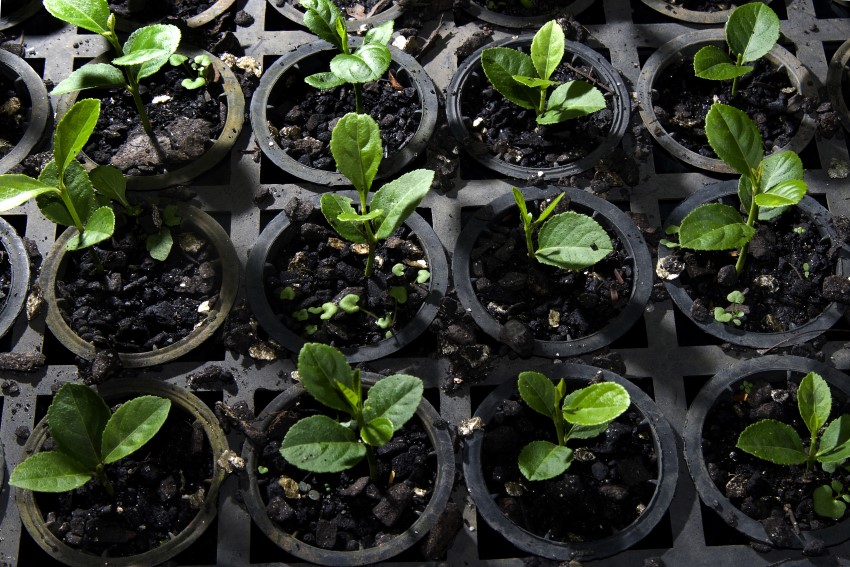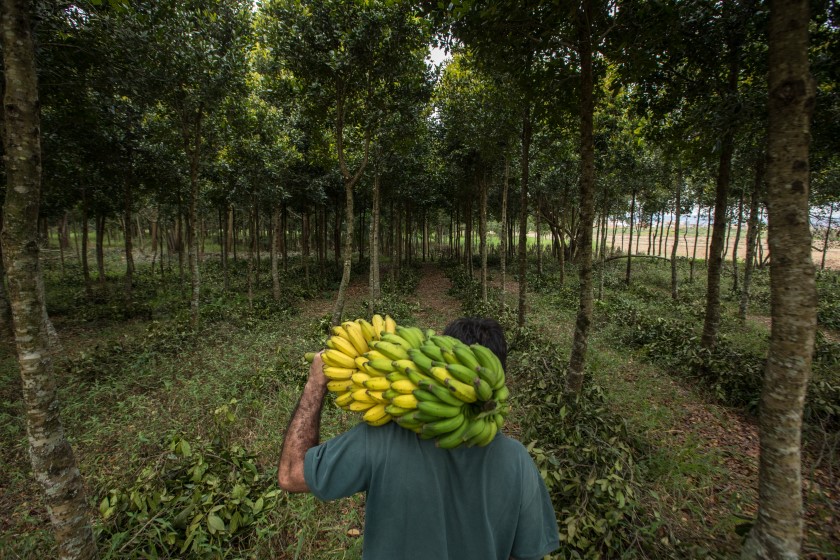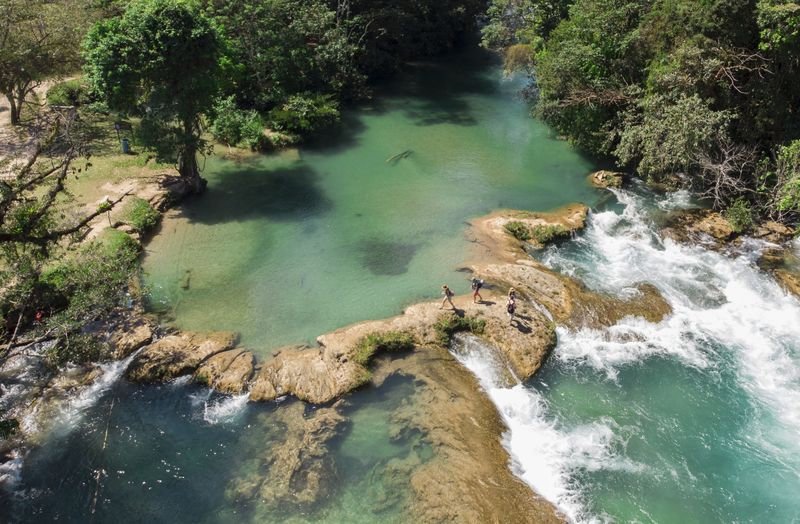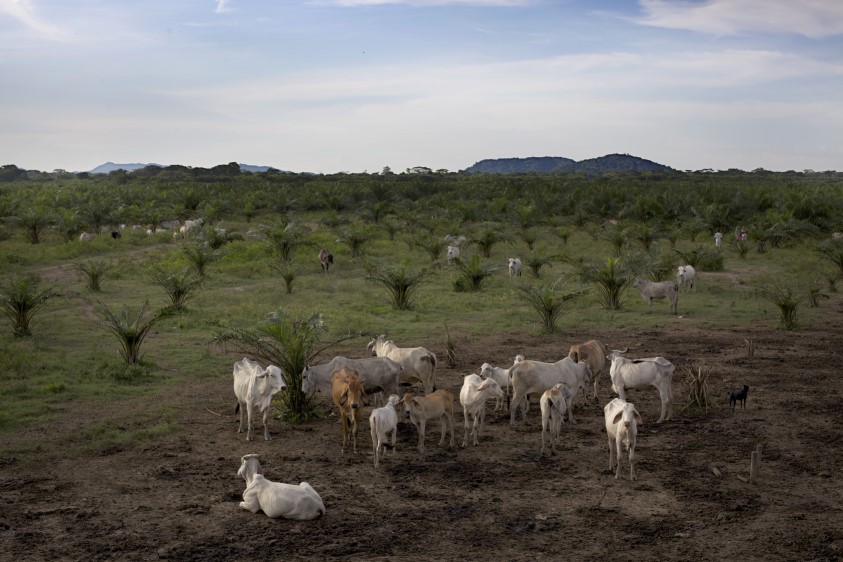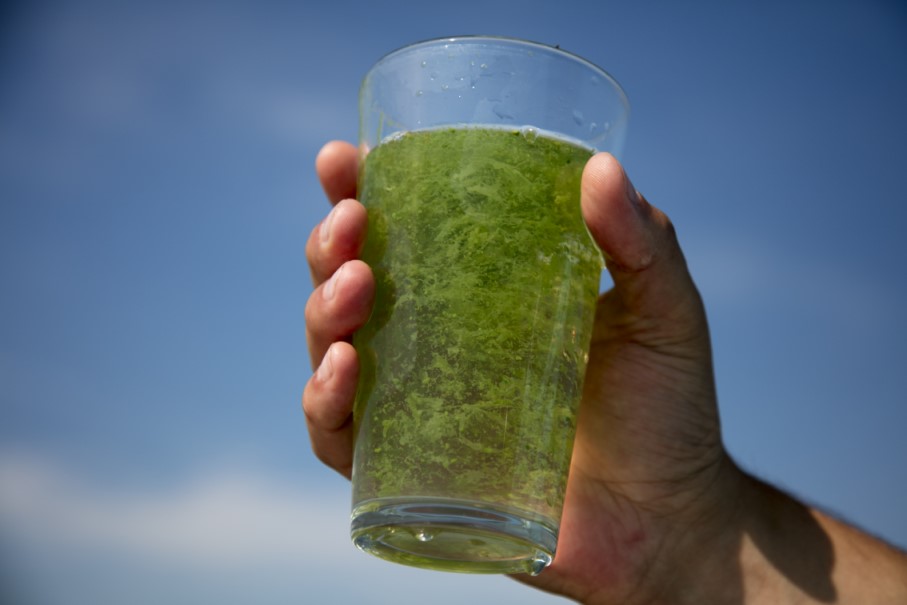Water Supply Systems:
They are structures built through which the water from the corresponding source is used and exploited, either by gravity or by pumping, to guarantee the supply of the resource to a population. Having them makes the water in rivers and streams more accessible, thus eliminating long journeys for users to obtain water, and even increasing the amount that can be consumed.
Show moreDrinking Water Treatment Systems:
It is the set of elements and techniques that are responsible for the elimination of coarse solids, resulting in a reduction of the pollutant load in the water, seeking to make it suitable for human consumption, or to comply with the requirements of current legislation.
Show moreMass Balance:
The modeling components of WaterProof include the solution of mass balances between the different components of the drinking water collection, distribution and treatment systems, in order to estimate the costs of their maintenance and operation, data that are used in the ROI analysis.
Show moreRiver Intakes:
Raw water collection structures are located in surface and subway sources and their function is to collect the flow required for water supply, continuously throughout the year and even in times of low water, avoiding the entry of larger elements into the adduction line.
Show moreBreak-Pressure Tank (BPT):
In a pressure pipeline, when the difference in heights from one structure to another is very high, it can cause such high pressures in the pipeline that that the stability of the adduction system is compromised. Therefore, structures such as the Break-Pressure Tank must be implemented, the function of which is to reduce the pressure of the pipe at a point along its route until it reaches atmospheric pressure and from there continues to the treatment plant.
Show more